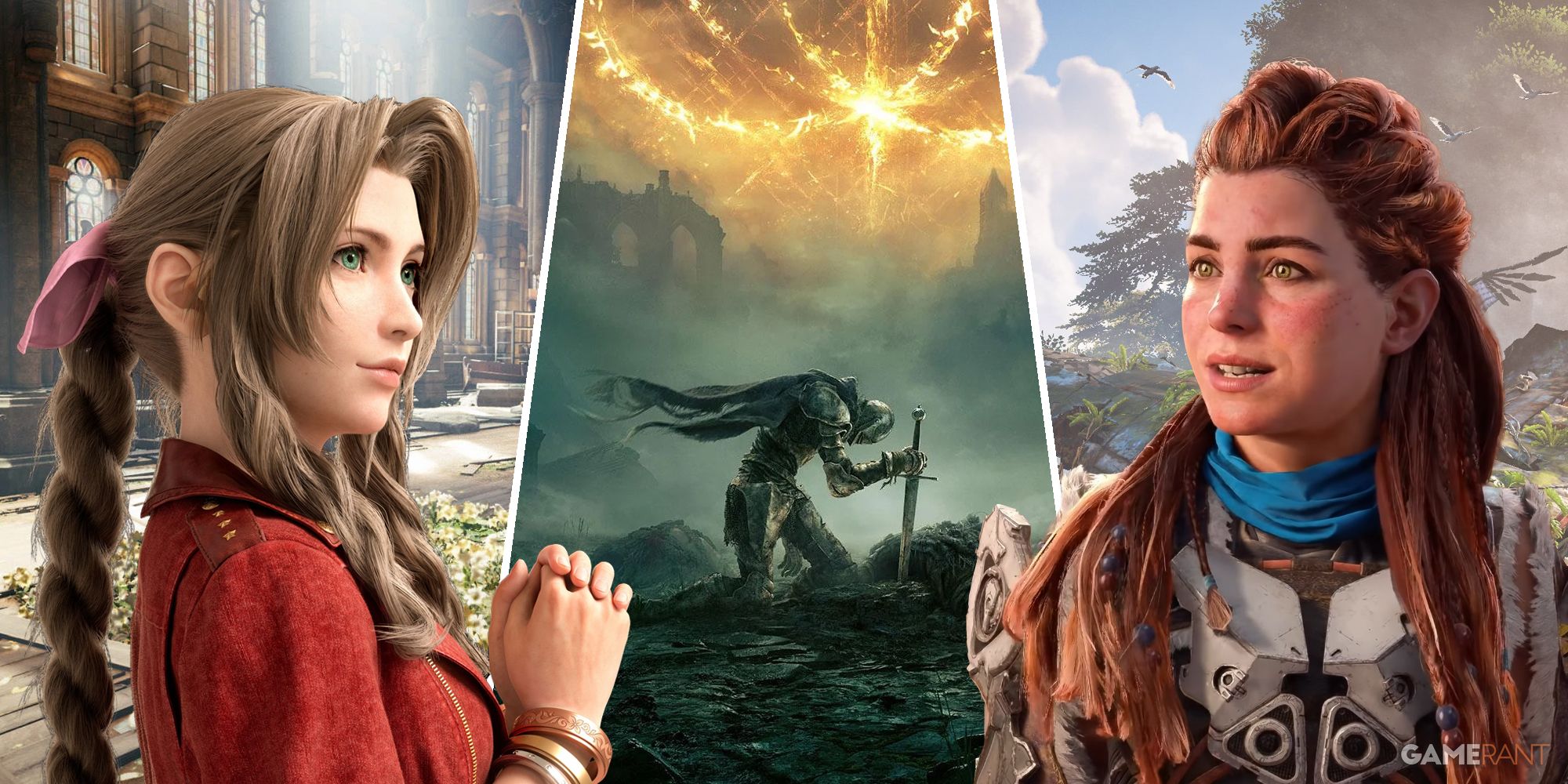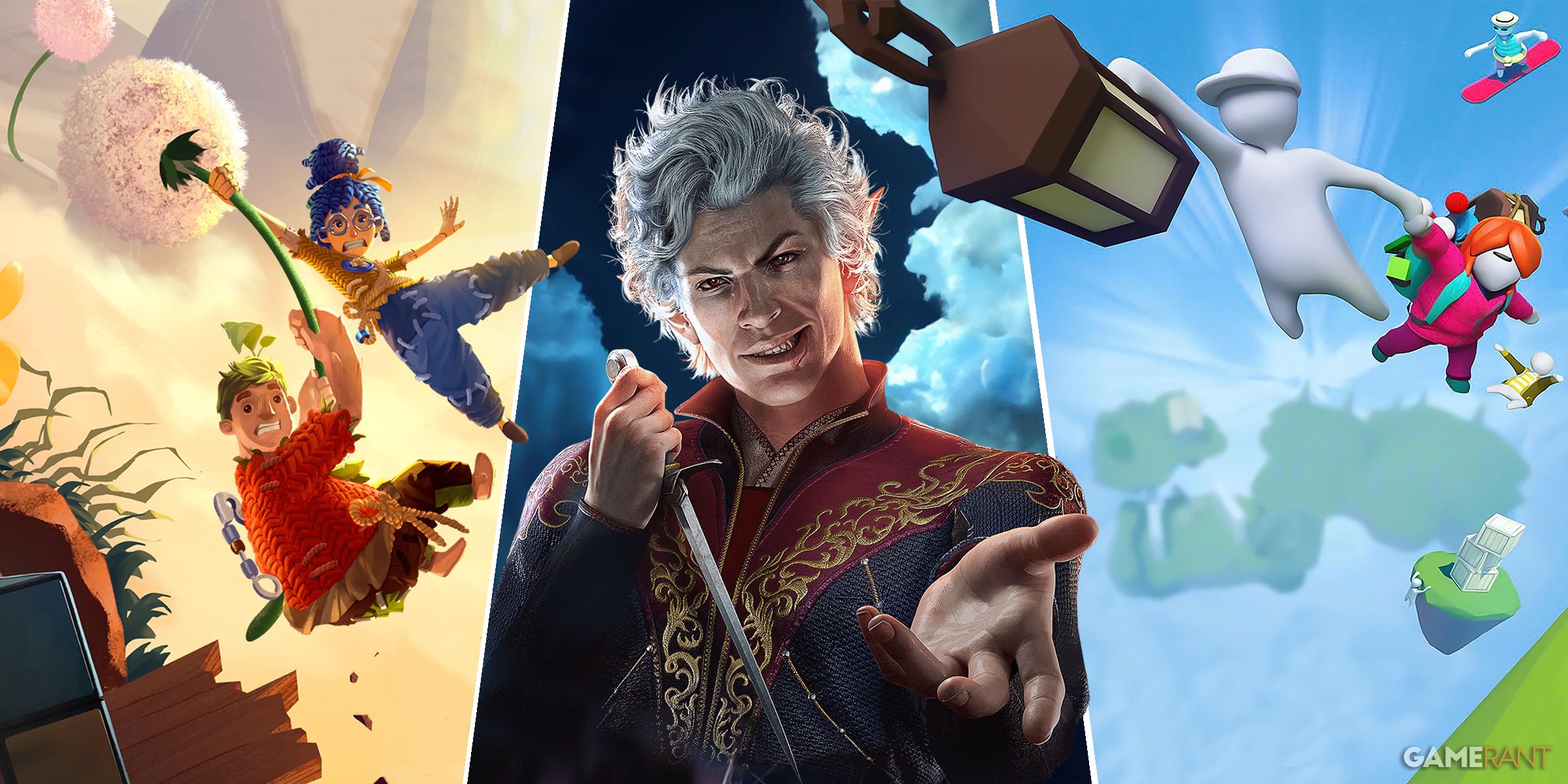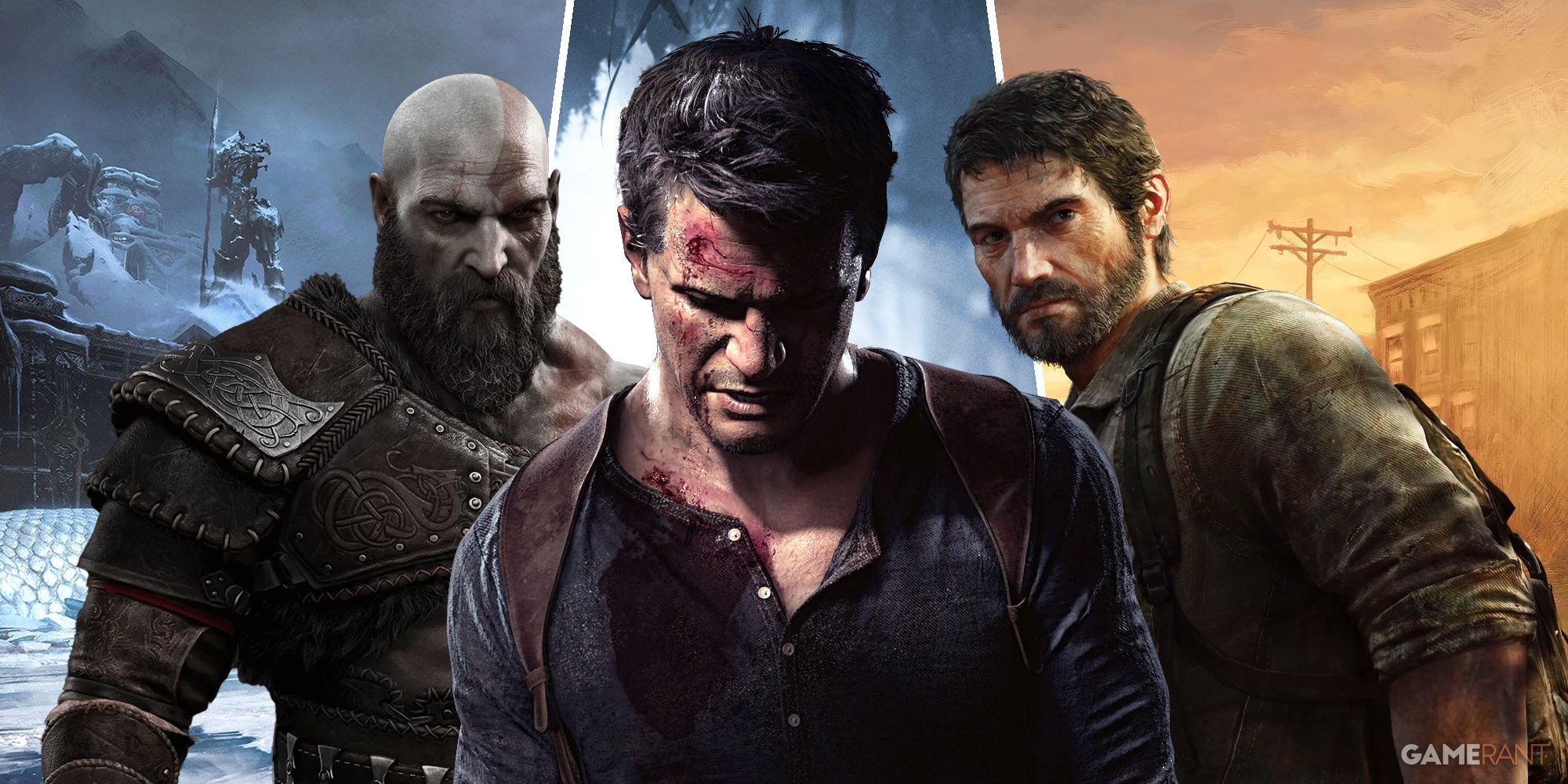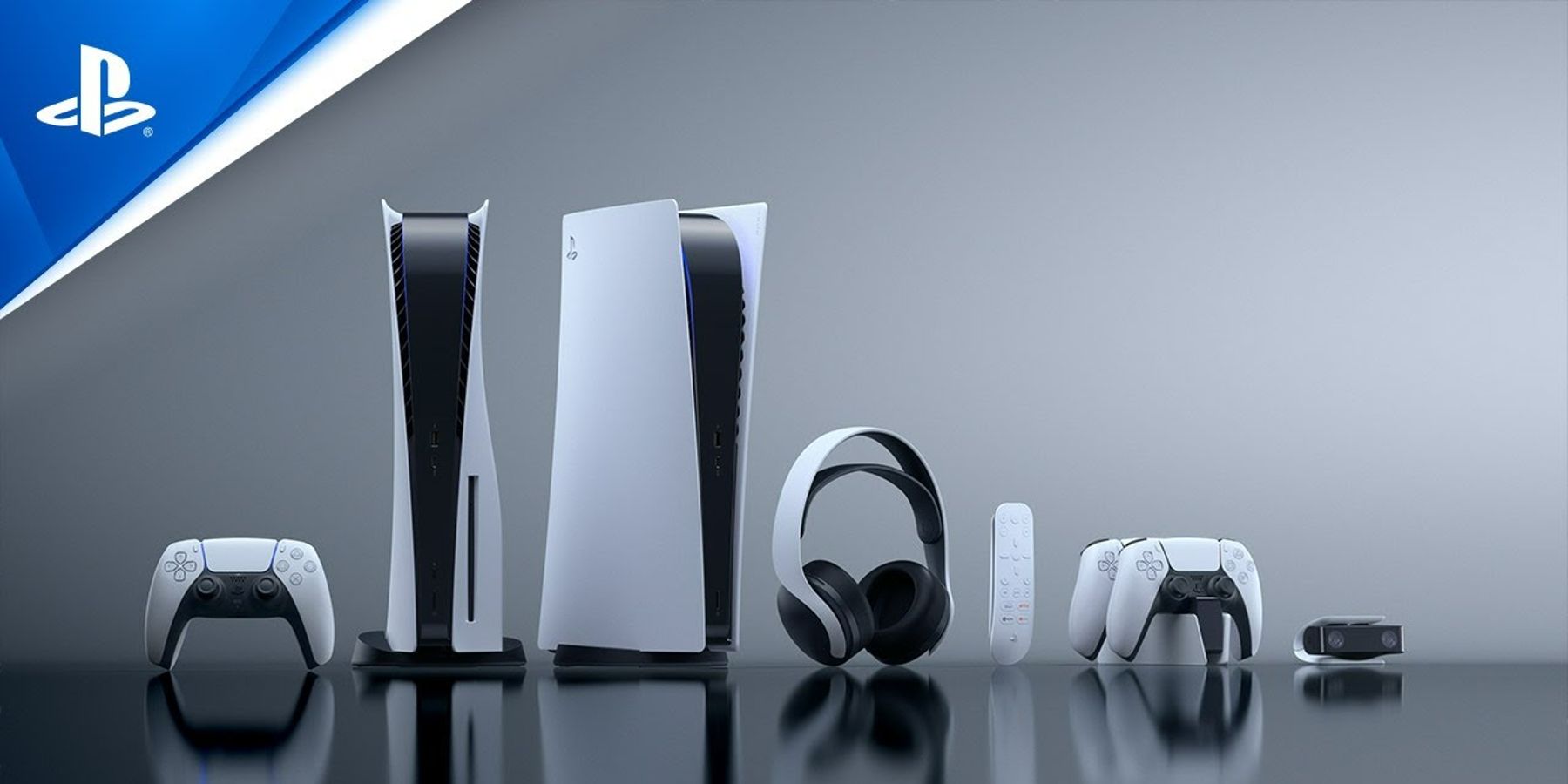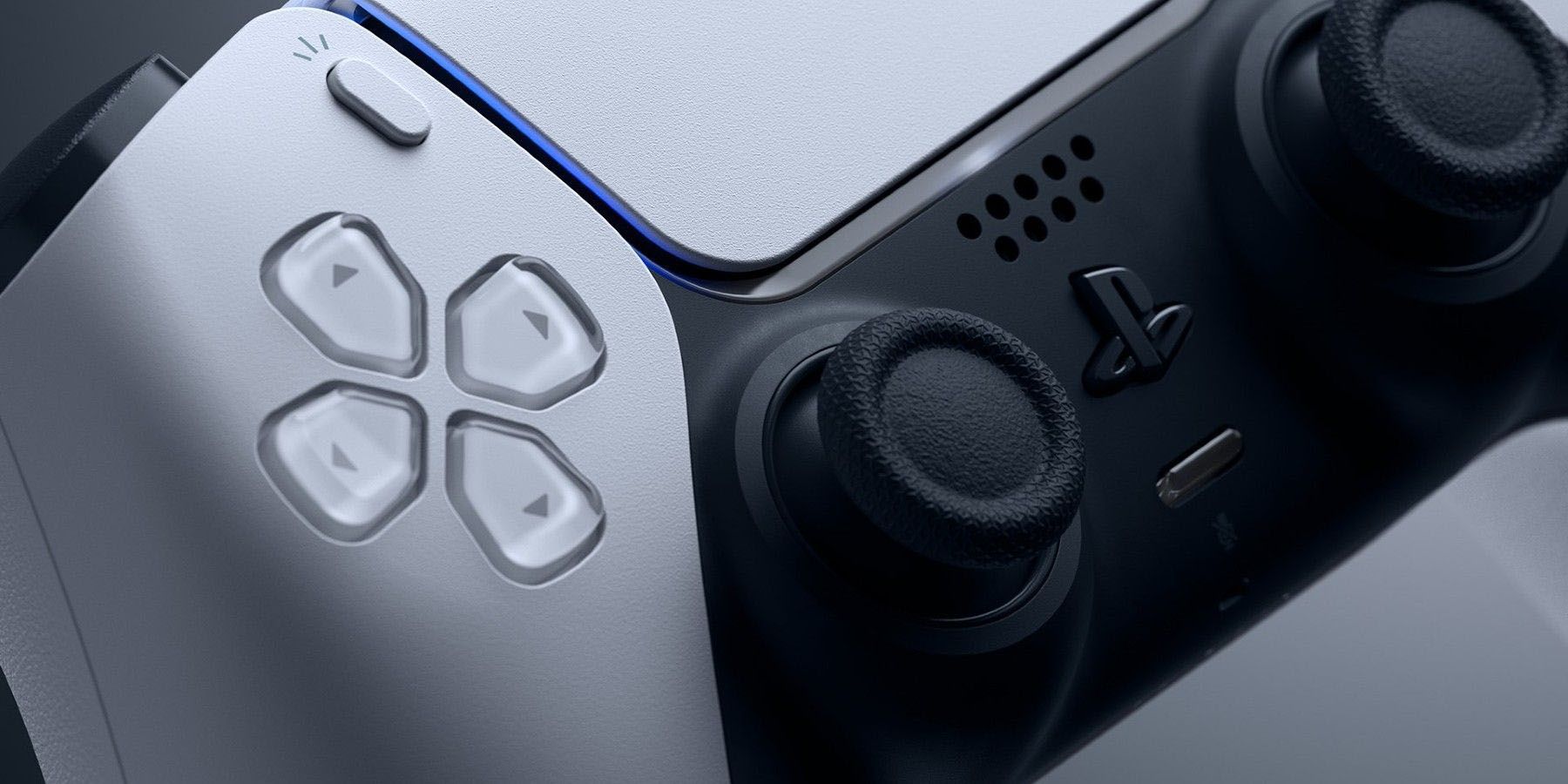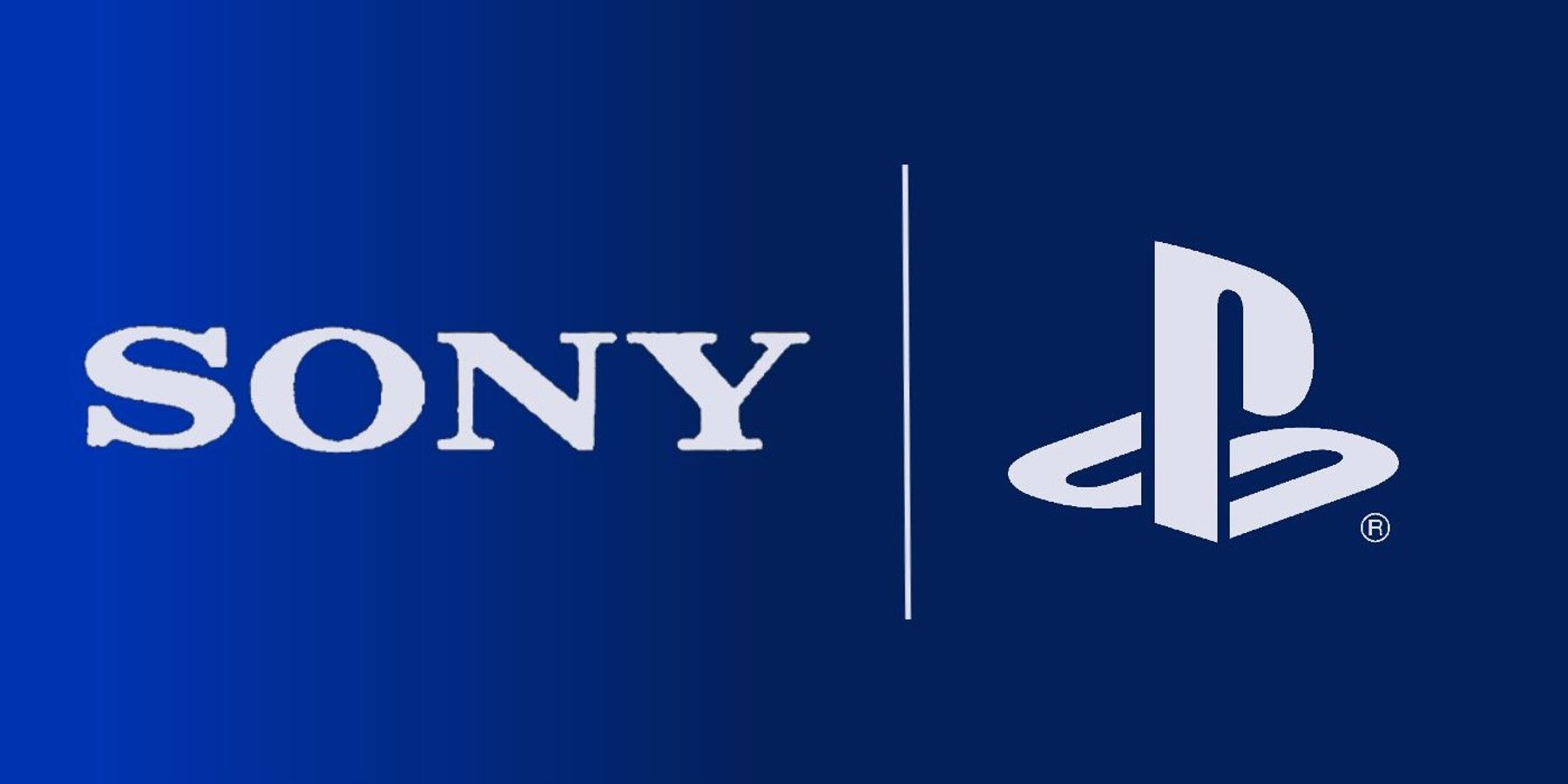Over the last three decades, Sony's PlayStation brand has become one of the most recognizable in the world, and it has cemented itself as the market-leading video game platform. Its current flagship console, the PS5, is still seen by many to be in its infancy, despite launching two years ago. Some have already begun to cast their eyes to the potential next generation PS6 nevertheless. Recent documents revealed as part of an investigation into Microsoft's acquisition of Activision Blizzard have shown that Sony does not intend to release a new PlayStation console until after 2027, slightly longer than its usual seven-year release cycle, which should give the PS5 plenty more time to evolve and reach its full potential.
Launching a new generation of video game console during the middle of a global pandemic may seem risky, but this is precisely what Sony did when it released the PS5. Covid-19 was at the height of its power, but Sony was undeterred by this and proceeded with its launch schedule. Thanks to a shortage of computer chips complicating mass production of the console, PS5s sold out extremely quickly, with new stock not as forthcoming as it should have been. This was not the smooth launch Sony would've been hoping for, and those unsteady beginnings could have had an impact on Sony's plans for the PS6.
The PS5 Had a Difficult Start
The problems with the console's production were compounded by many video game developers delaying titles due to working conditions dramatically changing during the pandemic. Home working was not the ideal option for many developers, and this resulted in releases for big titles like Forspoken being delayed, sometimes more than once. Even now, two years later, the PS5 is still feeling the effects of these delays, and its library is not as strong as it should be.
Many new games are still being released on both the PS4 and PS5, indicating that Sony is not yet ready to fully commit to its latest console. From a business perspective this does make a lot of sense, especially considering the PS4 is one of the best-selling video game consoles of all time and has a huge audience. It also means that exclusive titles such as Ratchet and Clank: Rift Apart are extremely scarce. Releasing a title on both consoles will ultimately hold it back, not allowing developers to fully harness the power of current-gen hardware.
Previous generations since Sony's PS3 have operated on a seven-year cycle. The PS3's 2006 launch was followed by a 2013 debut for the PS4, before the PS5 was released globally in 2020. A prospective release window of 2028 gives Sony's PS5 an extra year of life, and indicates that Sony is fully aware that this extra time is needed, given what has happened so far.
A further five years of focused support from Sony should allow the PlayStation 5 to build up a strong catalog of exclusives that could rival any of its predecessors. As developers are learning more about the hardware's potential, games should really start to push it to its absolute limits, ensuring players get to experience some of the most technologically advanced games ever made in the coming years.
Developing Technology and the PS6
While home consoles are now more powerful than ever before, arguably, their improvements are slightly more subtle than they used to be. At the time, the contrast between Nintendo's SNES and the N64 was so stark it was almost unbelievable, and the release of the PS2 ensured titles such as Tekken 3 and Gran Turismo 3 very quickly made its predecessor's games look almost prehistoric. For the current generation, the most significant improvements aside from visual upgrades are now things such as a huge decrease in load times and immersive elements such as haptic feedback and 3D audio.
In their own way, these new upgrades are just as significant as industry-defining events such as the release of Rockstar's Grand Theft Auto 3 in 2001, and they need to be given more time to flourish in order for gamers to really feel the benefits they can provide. The near-eradication of load times is an incredible feat, one that PS5 owners have almost become so used to that it's easily forgotten just how much they could slow a game down previously. Haptic feedback and 3D audio can really help to transport gamers to a whole new level of immersion, and so far both have only scratched the surface of what could be possible with this technology moving forwards.
Many PS5 games, including Game of the Year contenders Elden Ring and God of War Ragnarök have PS4 versions too, which run perfectly fine. Visually, they're a downgrade compared to their PS5 versions, but not to the point where the difference is a deal breaker. In fact, even two years after launch, many gamers may not really feel compelled to purchase a current-gen console yet, due to most of what they want to play being accessible on last-gen machines. In another couple of years, this shouldn't be the case, and as the PS5 becomes more readily available, more games should start to shift to the current-gen, slowly but surely leaving the PS4 behind as the PS6 starts to loom on the horizon.
Time is still on the PS5's side at the moment. There's a long way to go before proper discussions about a potential PS6 should start, which gives it ample time to build on the technological advancements made so far, and amass an arsenal of must-have exclusive titles. Replicating anything close to the unparalleled success of the PlayStation 2 and PS4 consoles would help the PS5 to ensure this current generation is a significant and memorable one, before preparing gamers for the inevitable launch of the PS6, when the cycle starts all over again.

